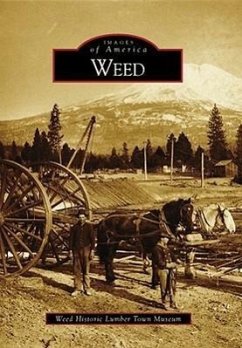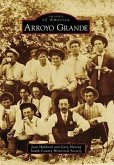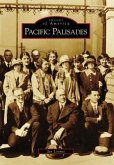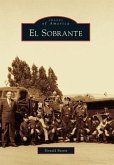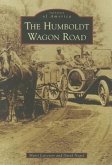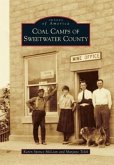Weed acquired its intriguing name from its founder, Abner Weed, who began purchasing land for a mill site in the 1890s. By 1905, Weed boasted two mills, a box factory, bunkhouse, boardinghouse, cookhouse, company store, post office, and hospital. Meanwhile, on the other side of town, Thomas and Georgeanna aAnnaa (Sullaway) Sullivan bought land for a ranch in 1898. When they divided some of their land into lots, Shastina was born, with the first building constructed in 1905a1906. Division Street divided the town in two, with the company town to the north and the once-rowdy town of Shastina to the south, known for its saloon-lined streets, brothels, and private businesses that allowed residents a shopping choice despite company policies.

